A simple guide to Scottish access rights
Learn how to enjoy Scotland’s world-class access rights, while following the Scottish Outdoor Access Code
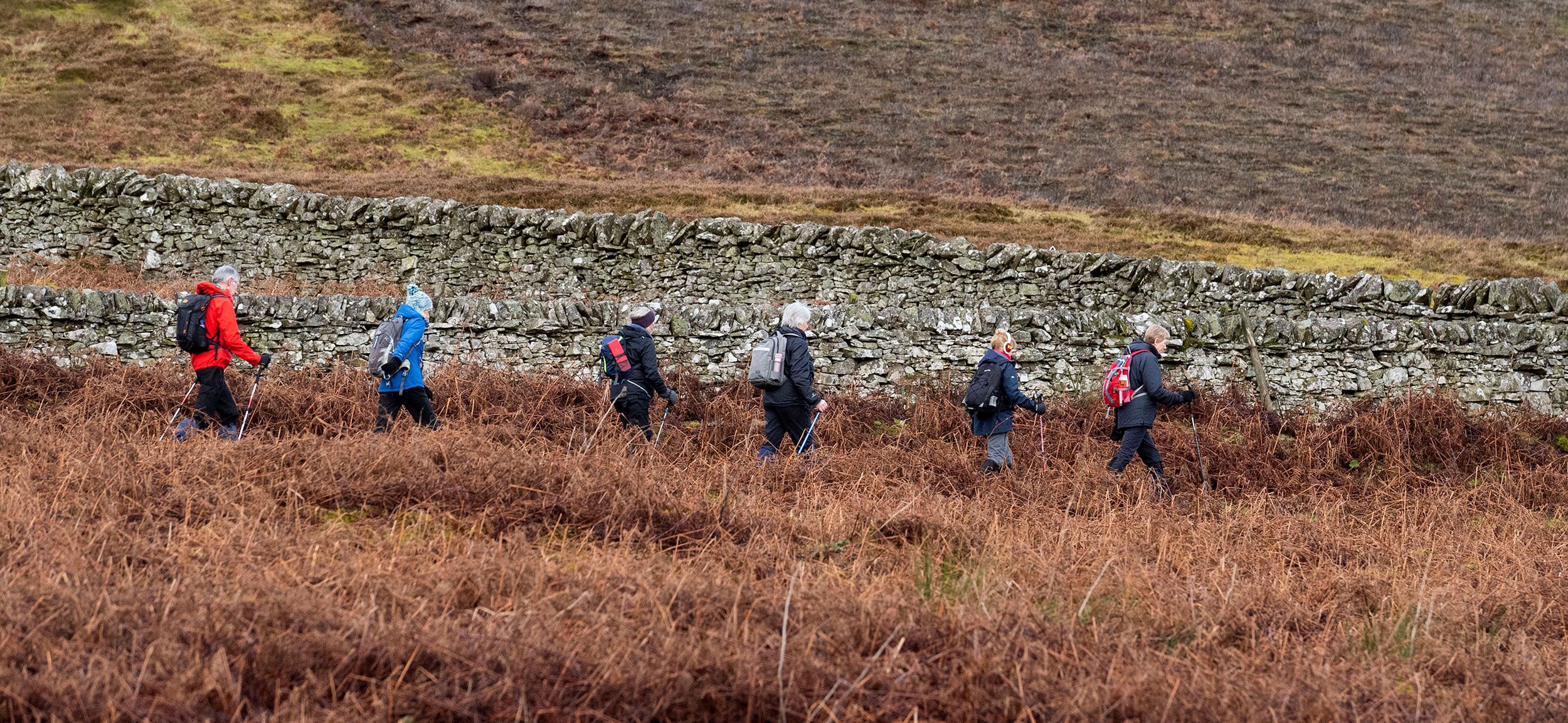
Where you can walk in Scotland
You can walk on nearly all land in Scotland, provided you behave responsibly, thanks to Scotland’s world-class access rights. Cyclists, canoeists, swimmers, horse riders and other non-motorised users also have the legal right to access most land and inland water. This is thanks to the Land Reform (Scotland) Act 2003 (PDF, 239KB).

Be responsible. Follow the Scottish Outdoor Access Code
The Scottish Outdoor Access Code guides visitors on how to be responsible and land managers on how to support access.
The Code has three main principles:
-
Respect the interests of other people
-
Care for the environment
-
Take responsibility for your own actions.
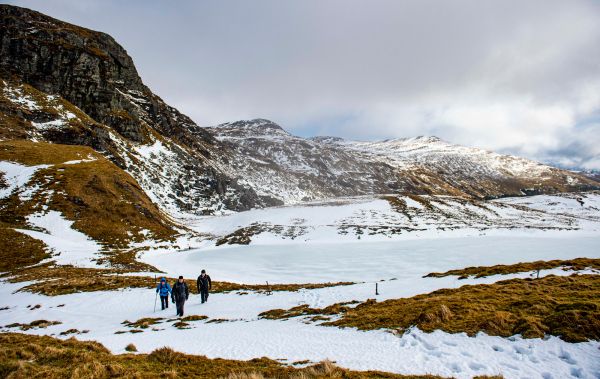
Areas where access rights do not apply
There are some areas where access rights do not apply, including:
-
Private houses, structures and gardens
-
Industrial land like quarries and building sites
-
Visitor attractions with admission fees
-
Fields with growing crops, but you may use field margins
-
Recreational sites such as sports pitches but normally only at times when access rights would interfere
Rights also never extend to prepared surfaces like tennis courts or bowling greens, but you have the right to cross golf courses, avoiding the greens.
The Scottish Outdoor Access Code has further detail if you’re ever unsure if access rights apply.
Trespass in Scotland
Before the 2003 Act, access was freely taken in Scotland using something called ‘custom and tradition’.
These customary ‘rights’ still apply as long as you’re causing no damage and walking responsibly. On this basis, you may walk on land where statutory rights don’t apply without committing an offence.
This includes places such as farmyards or across dams. However, you should still heed any local advice, for example when farmers are carrying out hazardous operations in their farmyards.
Access to farms in Scotland
Scottish access rights include access to farmers’ fields, provided you are responsible.
Avoid damaging the crop by using paths, tracks or unsown ground. If walking in narrow field margins, walk in single file. You could also consider alternative routes on neighbouring ground.
The Scottish Outdoor Access Code includes useful guidance about accessing fields with animals. This includes advice to:
- Keep a sensible distance from animals, particularly where there are calves or lambs
- Closely control dogs at heel or on a lead. Do not take dogs into fields containing young livestock
- Never feed or directly contact farm animals
- Leave gates as you find them
Access rights do not extend to farmyards, but many people take access through farmyards when following paths and tracks.
If a right of way or ‘core path’ (a route designated by local authorities due to its importance) goes through a farmyard, you can follow this at any time. But if a reasonable alternative route is signposted, you should use it.
If there is no path, you might be able to go through the farmyard if the farmer is content or if access has been taken there in the past. Alternatively, you could use your access rights to go around the farmyard.
If you do go through a farmyard, be careful and respect the privacy of residents.
Reporting an access problem
To help ensure access rights are not eroded over time, please report any obstructions such as locked gates or non-compliant signs to the local access officer. You can also email us if you would like advice.
Where to wild camp in Scotland
Camping in a tent away from a campsite is a fun and affordable way to get close to nature in Scotland.
You can camp on all land where Scottish access rights apply, provided you follow the Scottish Outdoor Access Code‘s ‘leave no trace’ principles. That means camping in small tents, in small groups and moving on after two or three nights.
Avoid enclosed fields, buildings and historic structures like castles. Use a stove rather than open fires, and carry a trowel to bury poo at least 30 metres from lochs or burns.
Access rights don’t apply to cars or vans, and you must park legally. The Code suggests avoiding camping next to roads, so carefully consider what is responsible. For example, how visible is your tent and could you move further away?
Managing camping problems in Scotland
Many thousands of people camp responsibly each year, but some problems do arise due to an anti-social minority, or over-use of the same spots.
We campaign for investment in education, rangers, toilets, bins and new low-cost campsites to help address these issues, alongside strong enforcement of existing laws. The National Access Forum offers practical tips for landowner about managing informal camping.
How Ramblers Scotland supports access rights
Ramblers Scotland sits on the National Access Forum, which identifies practical solutions to major access issues.
We also make the case to the Scottish Government for increased investment in access, including through education and infrastructure to support the booming numbers visiting Scotland’s outdoors.
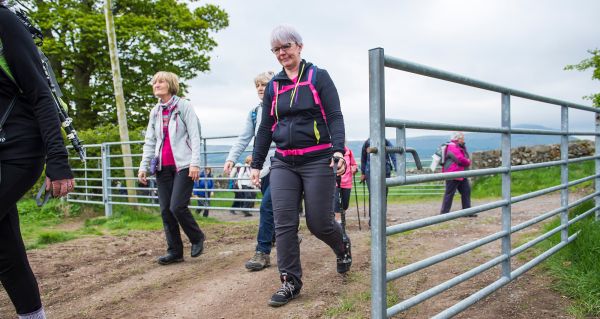
Access and walking on farmland in Scotland
You can use your access rights to walk on agricultural land in Scotland. We view access to farmland as a public good, delivering positive outcomes to society.
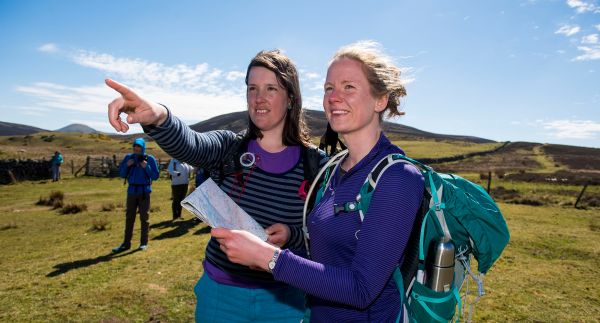
Our simple approach to navigating your walking route
Learning simple navigation skills will help build your confidence and reduce the chances of getting lost. Let us introduce you to the five Ds of navigation.
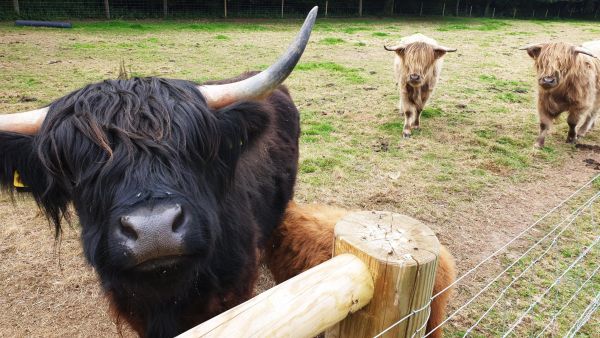
How to walk through a field of animals
A field of cows can be an intimidating sight. Find out how to stay safe when walking near cattle and other animals.